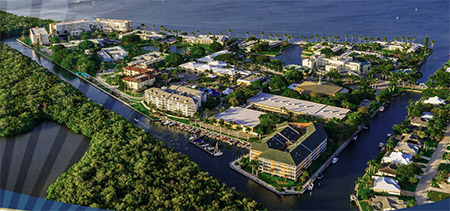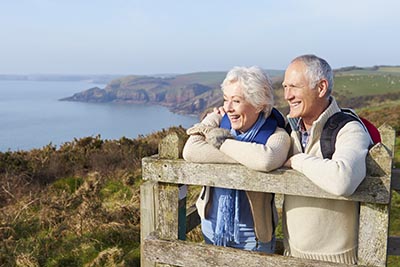 Jim and I have now lived in Shell Point Retirement Community (SPRC) a little over a month. Shell Point is a CCRC (Continuing Care Retirement Community).
Jim and I have now lived in Shell Point Retirement Community (SPRC) a little over a month. Shell Point is a CCRC (Continuing Care Retirement Community).
I am still working, so please do not hesitate to call me for any help you may need or with questions you may have!
This first month flew by in a dizzying flash, as you can imagine. Our new home still needs work, but happily, we’re on the tail end of settling in and I can resume blogging.
This was an exceptionally well-thought-out move. I have researched and understood the complete long-term care continuum for the past thirty years. Not only has it been my job — it’s been my passion.
The warm welcome and continued staff support we receive has been extraordinary. So much so, in fact, that it deserves a separate blog post, so stay tuned.
It feels absolutely liberating to have downsized! I highly recommend it. Now we own our stuff, our stuff doesn’t own us.
But this post isn’t about the exceptional “resident first” employee culture they have here, or the huge merits of downsizing.
The inspiration for this piece, what they don’t fully describe during sales presentations, is the unexpected impact of increased Social Capital.
The Value of Social Capital
I anticipated that our sense of well-being and overall happiness would increase when we got here, but I never could have imagined by how much. Now I know a lot of the reason why: it’s the increased Social Capital that is at the core of this particular CCRC.
My discovery of Social Capital led to Robert D. Putnam’s acclaimed book “Bowling Alone“. Mr. Putnam’s research documents how the decline of social capital since 1950 has led to more divorce, anxiety, suicide, cynicism, resignation, “compartmentalized” belief systems and lives, distrust, and depression.
In his blog, noted therapist Joe Whitcomb describes the decline of social capital this way: “Today, society and people are more isolated, alienated and disconnected than ever before in all of history… We are more globally connected by technology but even more alone.”
While living in Houston, I knew hundreds, if not thousands of people. It was a lot of fun to walk into Rotary, be recognized and feel loved. But this alone is not all that’s needed for feeling increased security and belonging.
We had a beautiful home for eighteen years, yet we rarely interacted with our neighbors. I always found this troubling. They had their own obligation-laden, busy lives and concerns, and so did we. We usually just smiled and waved as we drove past in our “hermetically sealed” cars. We didn’t know much about each other’s lives even though we lived a few feet apart.
Howdy, Neighbor!
In my new community, people walk by all day long. We often stop and chat, or at least smile and greet every passerby. The post office, salon, fitness center, medical center, and restaurants are all within an easy 3-5 minute walk. Walking gets us out where we see, greet and socialize with others, truly connecting with our neighbors.
It is not necessary to share belief systems or have much in common with neighbors to achieve increased Social Capital, a sense of connection, the feeling that you matter. Even the shortest of social exchanges gives me a happiness “ping” that feels like an endorphin release.
24/7 healthcare, enriching activities, and an engaging lifestyle are available here. But maybe the largest “plus” (and our greatest surprise) is the increased Social Capital. This affirms that our shared human need is to create peaceful, joyful homes and community. This is easily achieved by developing this all-important social capital.
Are you wondering if you can afford this upgrade to your own quality of living? Click here to receive your own complimentary, no-obligation quote for long-term care insurance coverage.



 Thanks for visiting my site! I like hearing from you!
Thanks for visiting my site! I like hearing from you!